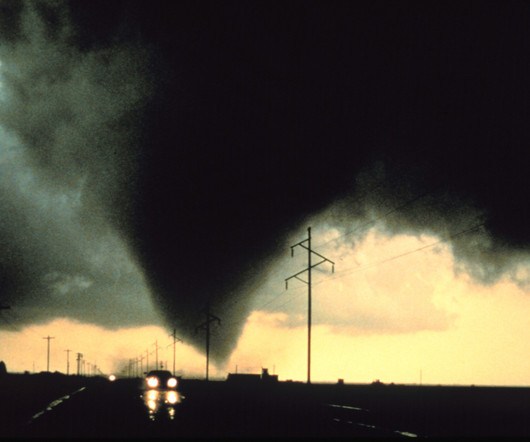Tornadoes and More: What Spring Can Bring to the Power Grid
Union of Concerned Scientists
APRIL 11, 2023
The rail infrastructure to transport coal from the Powder River Basin in Montana and Wyoming–the country’s primary coal source –was proven to be vulnerable to extreme floods in the spring of 2011 , and even more extreme floods in the spring of 2019.












Let's personalize your content